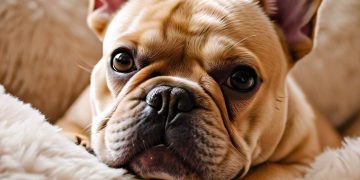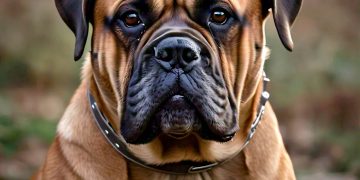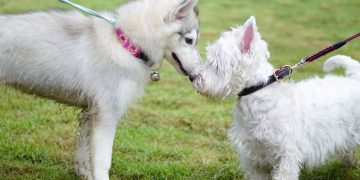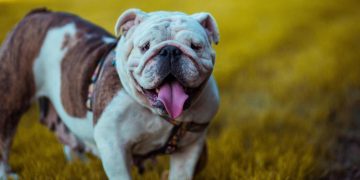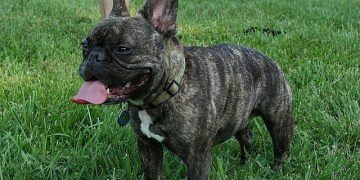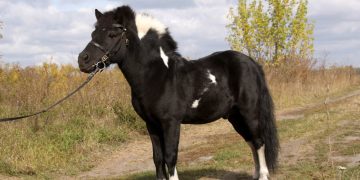The Asturian horse, also known as the “Asturcon,” is a unique and ancient breed native to the rugged mountains of Asturias in northern Spain. This small but resilient horse is well-adapted to the harsh conditions of its natural habitat, making it a breed of historical and cultural significance. Below is a comprehensive overview of the Asturian horse breed, covering its history, physical characteristics, temperament, care requirements, and the role it plays today.
Table of Contents:
- Origin and History of the Asturian Horse
- Physical Characteristics
- Temperament and Personality
- Care and Health Considerations
- Dietary Needs and Habitat
- The Role of Asturian Horses Today
- Conservation Efforts and Population Status
- Why the Asturian Horse is Special
- Conclusion
1. Origin and History of the Asturian Horse
The Asturian horse has a long and storied past that stretches back to Roman times. Originating from Asturias, a region known for its mountainous terrain and lush greenery, the Asturian horse is thought to be one of the oldest horse breeds in Europe. Historical records suggest that the Asturian horse has existed since at least 1000 BC, where it was prized for its versatility, strength, and adaptability to tough terrain.
In Roman times, the Asturian breed was highly valued for its stamina and sure-footedness. It was often used in warfare, as its ability to navigate rocky landscapes made it a strategic asset. Over time, however, the popularity of the breed waned, and the advent of modern breeds nearly pushed the Asturian horse to extinction. Today, it remains a rare breed, protected by conservation efforts that aim to preserve its legacy and ensure its survival.
2. Physical Characteristics
The Asturian horse is a small, hardy breed that rarely exceeds 14 hands (around 56 inches or 142 cm) in height. Its physical features are distinct, making it easily recognizable among other horse breeds.
- Size and Build: Asturian horses are compact and muscular, with a strong, well-developed neck, deep chest, and a short back. They are ideally built for endurance rather than speed.
- Coat and Color: The breed typically has a dark coat, often black or dark bay, though chestnut can occasionally be seen. The coat is dense, allowing the horse to withstand harsh mountain climates. Their mane and tail are thick and often wavy, which further protects them from cold and wet conditions.
- Legs and Hooves: Their legs are sturdy and short, with hard, resilient hooves that are well-suited to rocky terrain. The breed is also known for its natural gait, which is smooth and balanced, making them easy to ride across uneven ground.
3. Temperament and Personality
Asturian horses are known for their calm and intelligent temperament, making them excellent companions. They are gentle yet spirited, showing a high degree of independence that stems from centuries of living in harsh environments. Although they are generally friendly with humans, they can be somewhat reserved, preferring a close bond with a trusted handler.
These horses are also known for their strong survival instincts. Unlike many domesticated horses, Asturians retain a keen sense of self-preservation and are highly resourceful, capable of finding food and shelter even in sparse, mountainous regions.
4. Care and Health Considerations
Caring for an Asturian horse involves understanding its unique requirements shaped by centuries of life in the mountains. Here are some key health and care tips:
- Exercise and Environment: Asturian horses thrive best in environments that mimic their native habitat, where they have access to natural trails, hills, and uneven terrain. They benefit from regular exercise in outdoor, rugged areas to maintain their strength and stamina.
- Grooming Needs: Due to their thick coat, especially in colder months, Asturians may require regular grooming to prevent matting. Shedding seasons in spring and fall may also call for more frequent brushing to keep their coats healthy.
- Health Concerns: Generally, the Asturian breed is hardy and resistant to common equine diseases. However, like any breed, they can be prone to certain conditions, particularly hoof issues due to their mountainous origins. Proper hoof care and a balanced diet are essential to their well-being.
5. Dietary Needs and Habitat
Asturian horses are adapted to a diet of sparse vegetation, having historically thrived on native grasses and shrubs. Unlike more intensive feed requirements seen in larger breeds, the Asturian has a slower metabolism and can sustain itself on forage alone if it’s nutritionally balanced.
Key Dietary Points:
- Forage First: Grass, hay, and other natural forage should constitute the majority of their diet. Supplementing with grains and commercial feed is generally unnecessary unless the horse has increased energy needs.
- Fresh Water Access: Like all horses, Asturians require access to clean, fresh water at all times, especially if they are active and exposed to outdoor elements.
6. The Role of Asturian Horses Today
Although their historical role as workhorses has diminished, Asturian horses are still valued for several reasons in modern times:
- Trail and Recreational Riding: With their calm temperament and smooth gait, Asturian horses are well-suited for trail riding and recreational riding, especially in mountainous or hilly areas.
- Cultural Symbol: The Asturian horse is a cultural icon in Asturias. It represents the resilience and independence of the people from this region, symbolizing their connection to the land and history.
- Conservation Grazing: Some conservation projects use Asturian horses in grazing programs to maintain natural landscapes. Their natural grazing habits help prevent overgrowth of invasive plants, supporting biodiversity.
7. Conservation Efforts and Population Status
The Asturian horse is currently listed as an endangered breed, with a limited population mainly concentrated in Asturias. Several organizations, including local government bodies and equine conservation groups, have made it their mission to protect and preserve this ancient breed. These organizations focus on breeding programs, habitat conservation, and promoting awareness to increase the population of the Asturian horse.
Many Asturian horse owners participate in breed registries to ensure the preservation of bloodlines. This monitoring also helps identify genetic traits that maintain the breed’s unique characteristics, such as its distinctive coat color, size, and temperament.
8. Why the Asturian Horse is Special
The Asturian horse stands out among horse breeds due to its history, adaptability, and unique physical traits. It is one of the few horse breeds that have remained relatively unchanged for thousands of years. This makes the Asturian a living link to ancient equine history and an example of how animals adapt to survive in their environments.
In addition, the Asturian’s conservation status adds to its mystique, making it an animal that many equine enthusiasts cherish. Its rarity and strong connection to the culture of northern Spain inspire admiration and efforts to protect this breed from extinction.
9. Conclusion
The Asturian horse breed, with its ancient lineage and remarkable adaptability, is a symbol of resilience and heritage. From its origins in the rugged mountains of Asturias to its conservation in modern times, the Asturian horse reflects a part of Spain’s natural and cultural legacy. Today, continued conservation efforts and responsible breeding practices are essential to safeguarding this breed for future generations.

